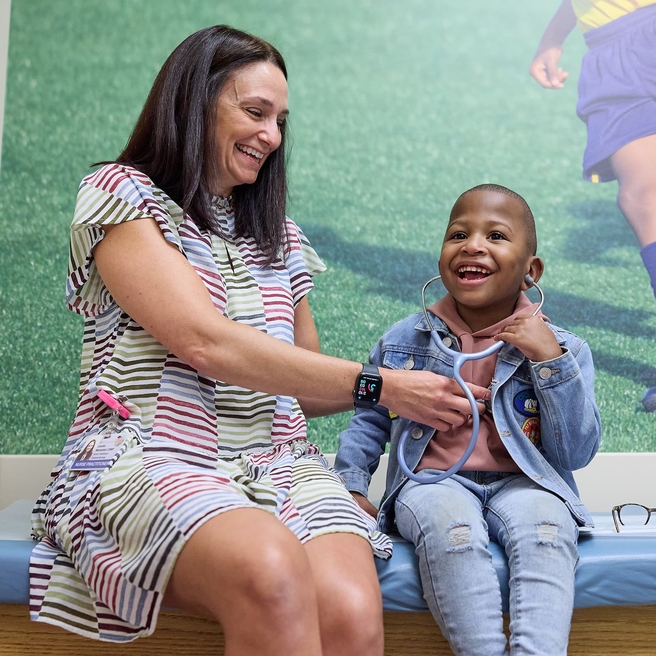What is acute pancreatitis?
The pancreas is an organ that is responsible for making digestive enzymes to help the body break down fats, proteins, and sugars from food. It also releases hormones to help the body process blood sugar. Acute pancreatitis occurs when the pancreas becomes damaged or inflamed.
Symptoms of acute pancreatitis
Patients with acute pancreatitis have symptoms related to the inflammation in the pancreas, including:
- Upper abdominal pain that
- May spread to the back
- May get worse after meals
- Remains severe despite medication
- Nausea and vomiting
- Decreased appetite
- Fever
While pain is the most common symptom, young children may not be able to communicate the severity or location of their pain.
Diagnosis of acute pancreatitis
In children, acute pancreatitis is diagnosed with a combination of blood tests and radiology tests based on the symptoms that are present.
- Specific enzymes from pancreas, amylase and lipase, are released into the bloodstream during an episode of acute pancreatitis. If these enzymes are three or more times higher than normal, acute pancreatitis is suspected.
- An ultrasound or a special MRI may be used to look for signs of pancreatic inflammation.
Treatment for acute pancreatitis
Supportive care is provided, usually in the hospital, while the pancreas recovers from the inflammation. The patient is given fluids to stay hydrated, IV or oral medications for pain control, and are encouraged to eat when they feel comfortable. CHOP researchers are actively involved in studies to help determine the best ways to treat pancreatitis. Learn more about our research.
At Children's Hospital of Philadelphia, children with acute pancreatitis are evaluated and treated in the Emergency Department and usually admitted to the hospital for treatment. Physicians from the Pancreatic Disorders Program in the Division of Gastroenterology, Hepatology and Nutrition have developed treatment guidelines and are readily available for inpatient consultation and outpatient follow-up.


